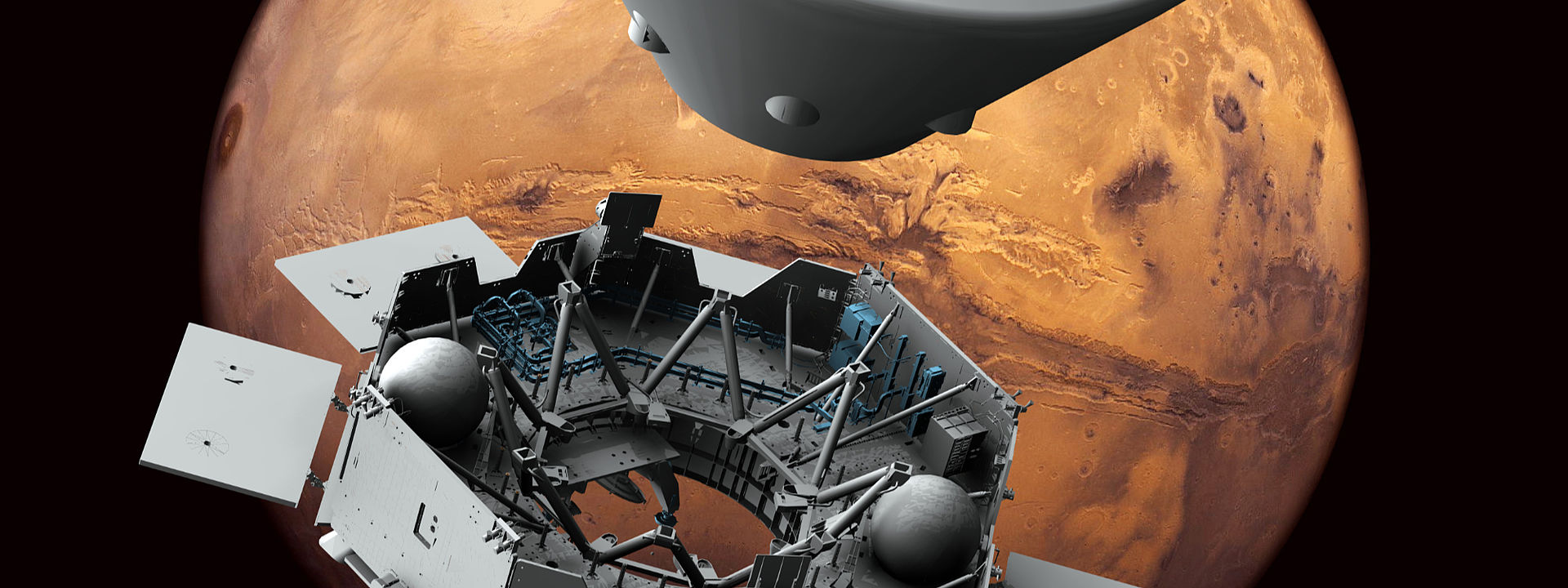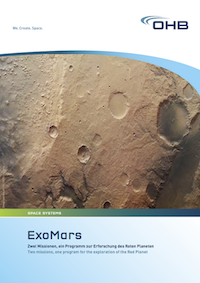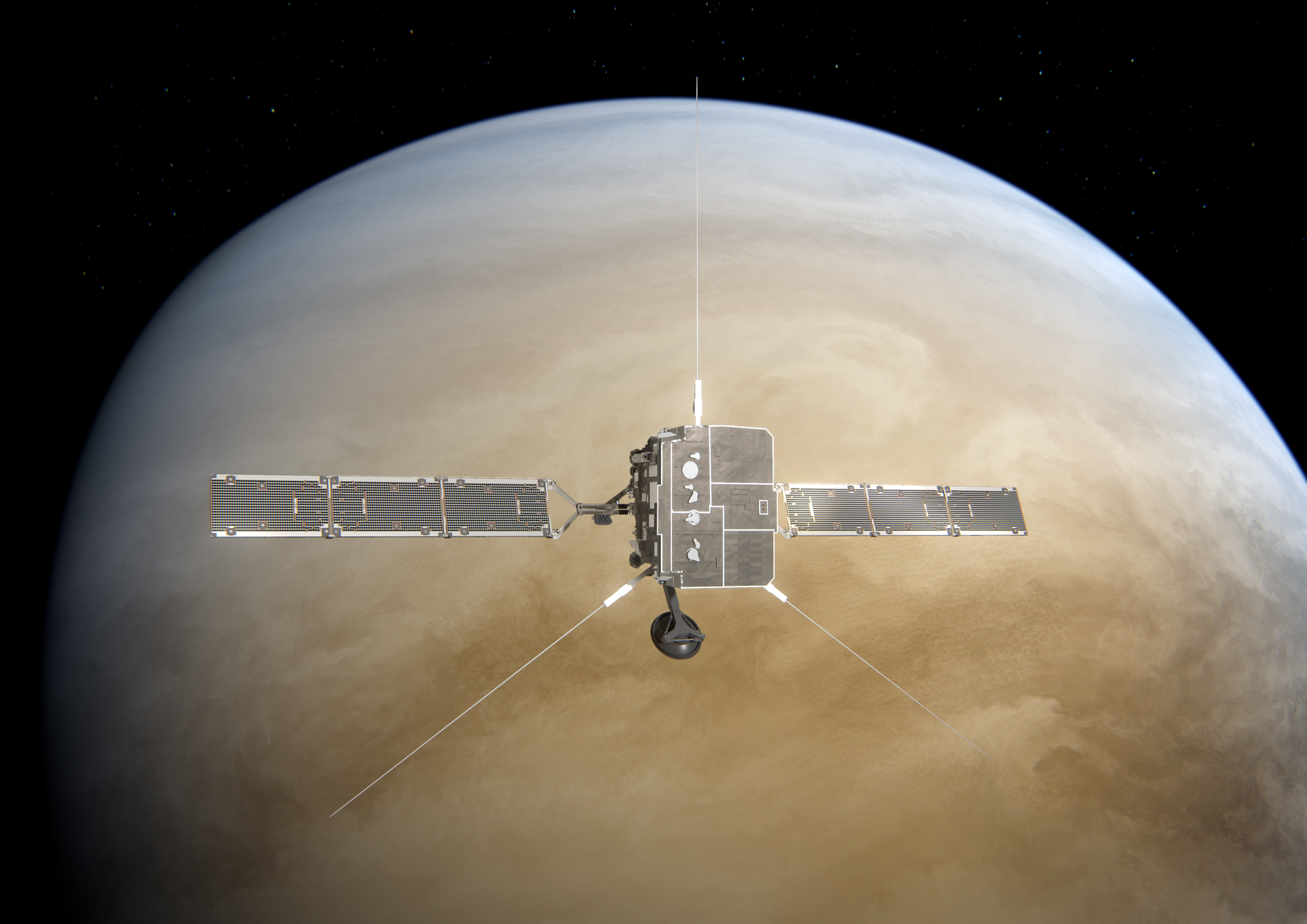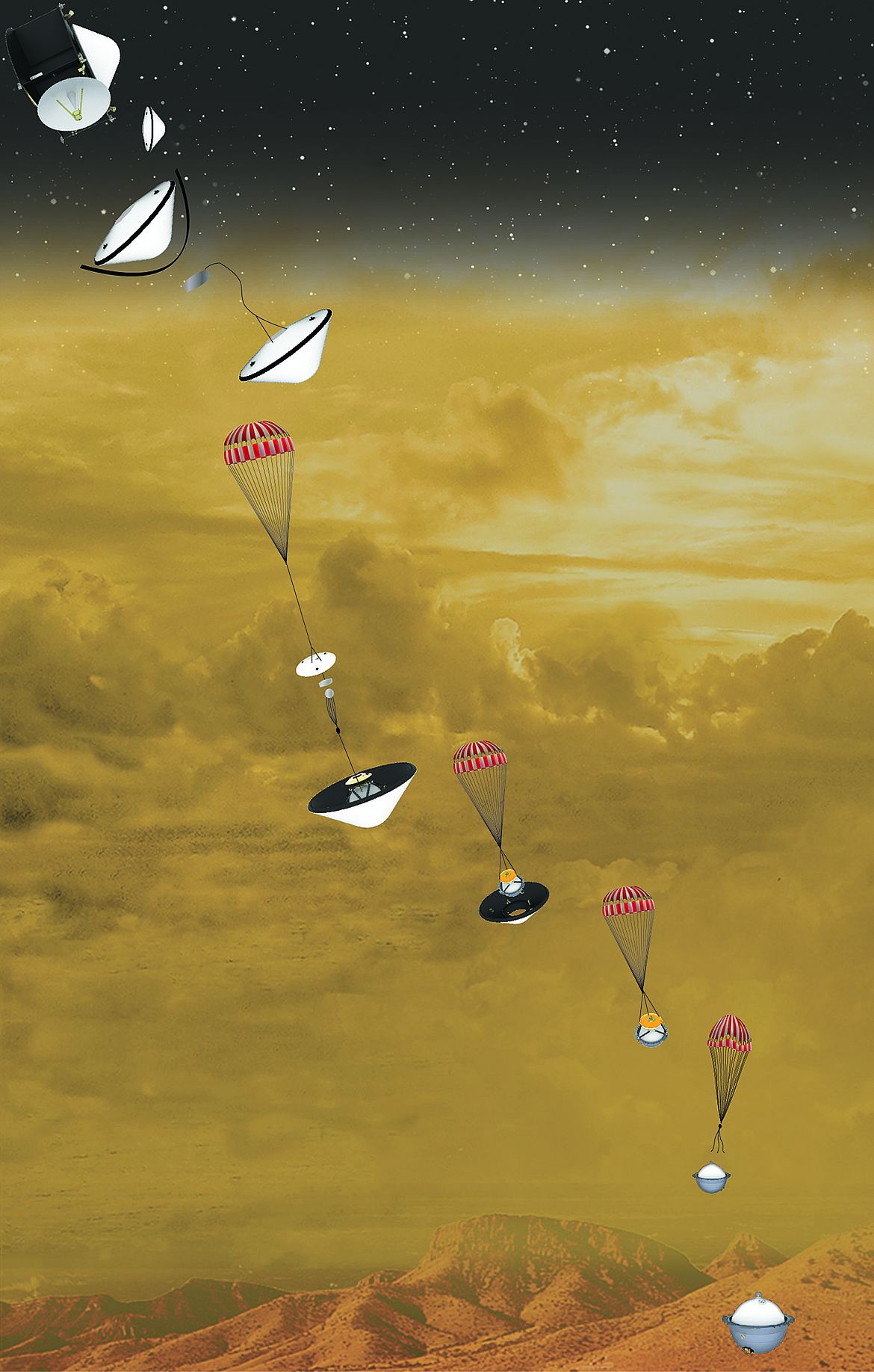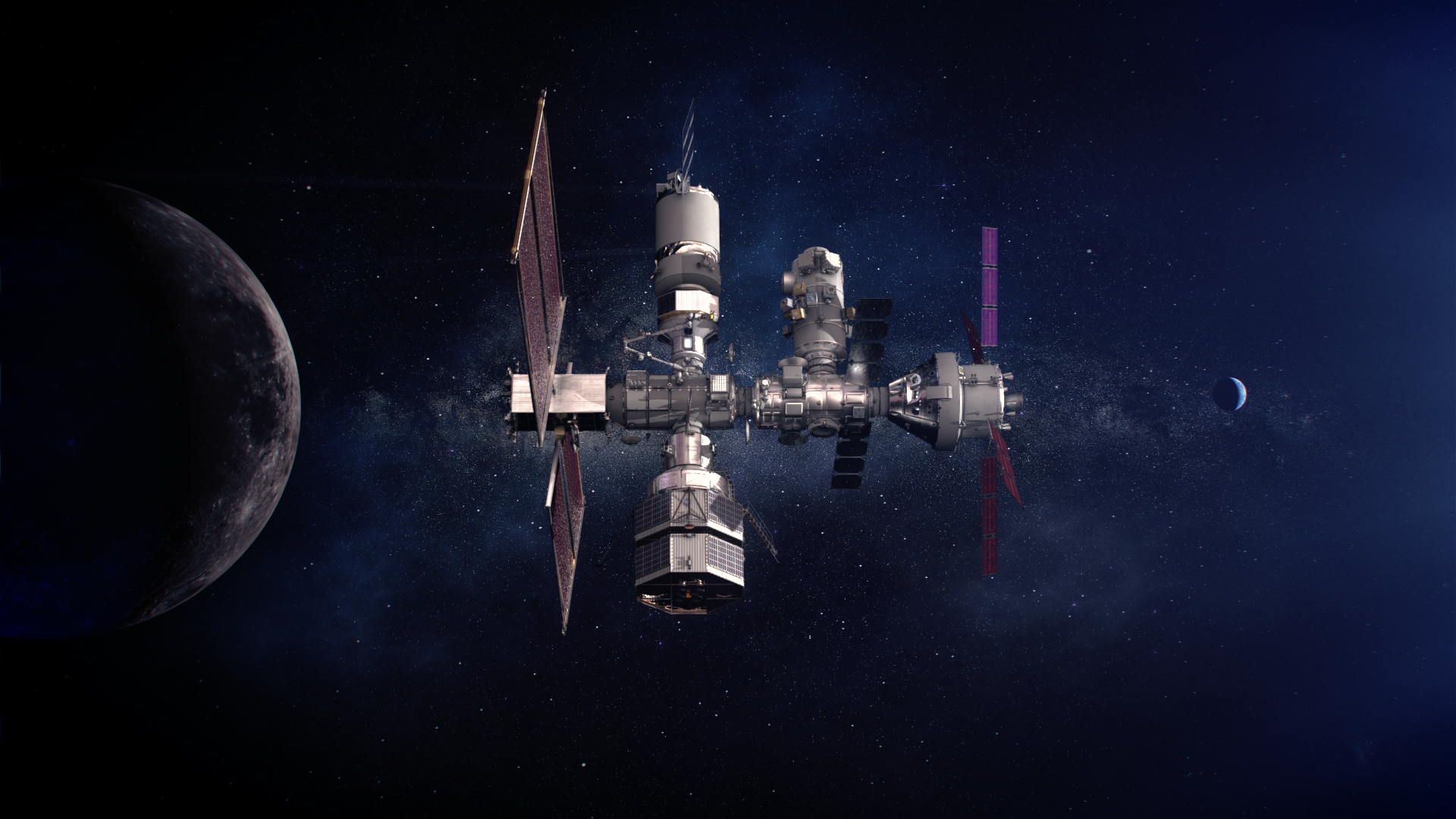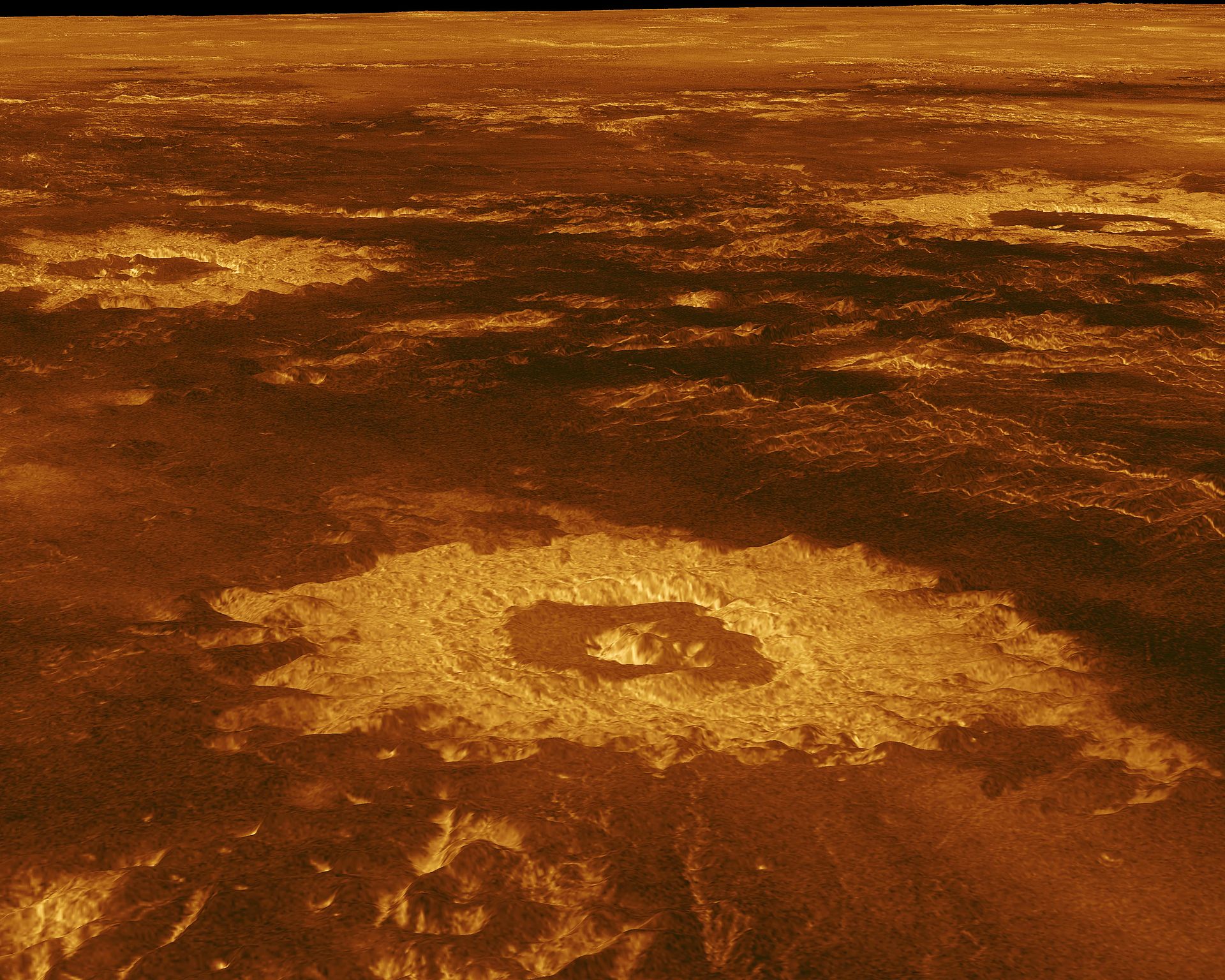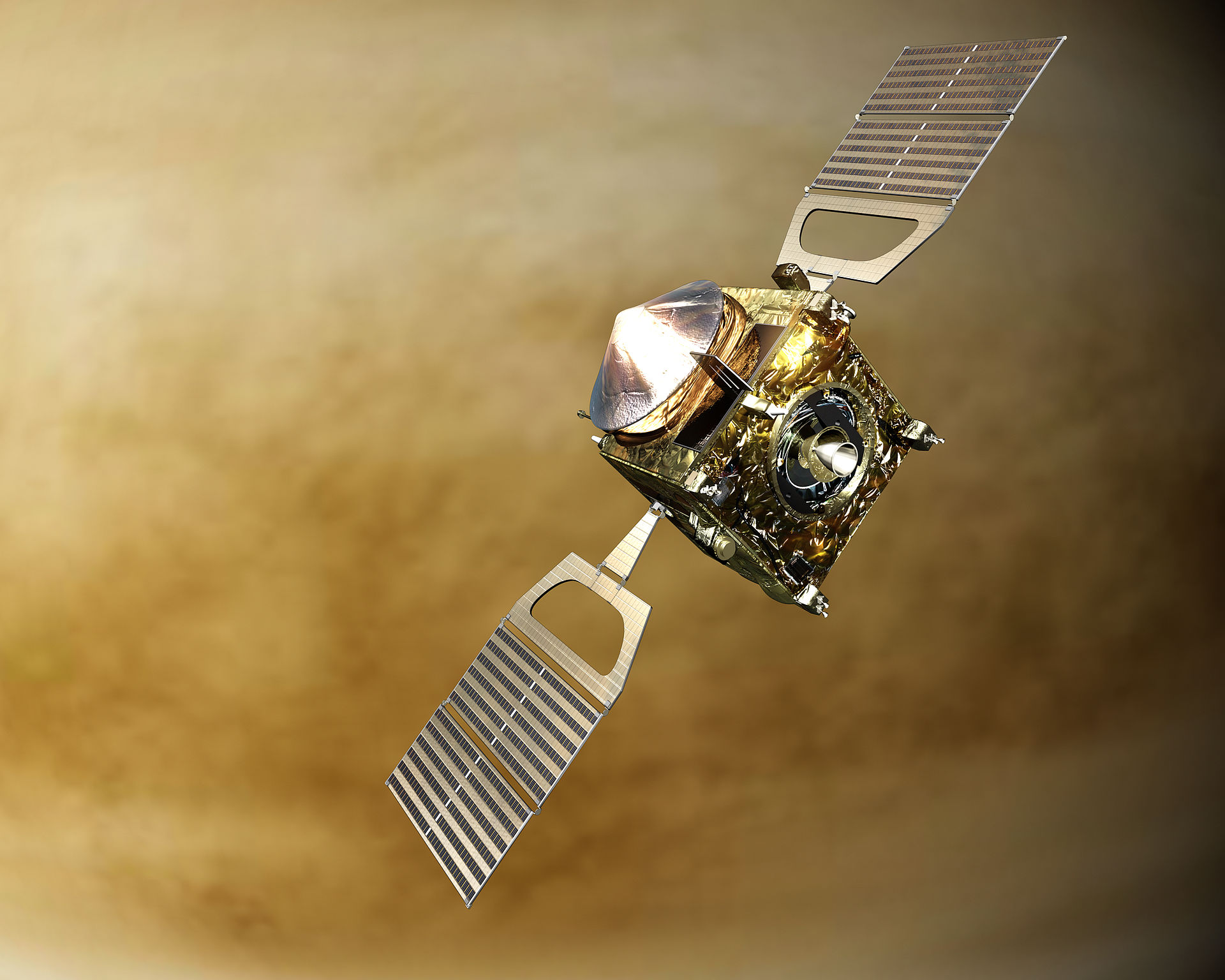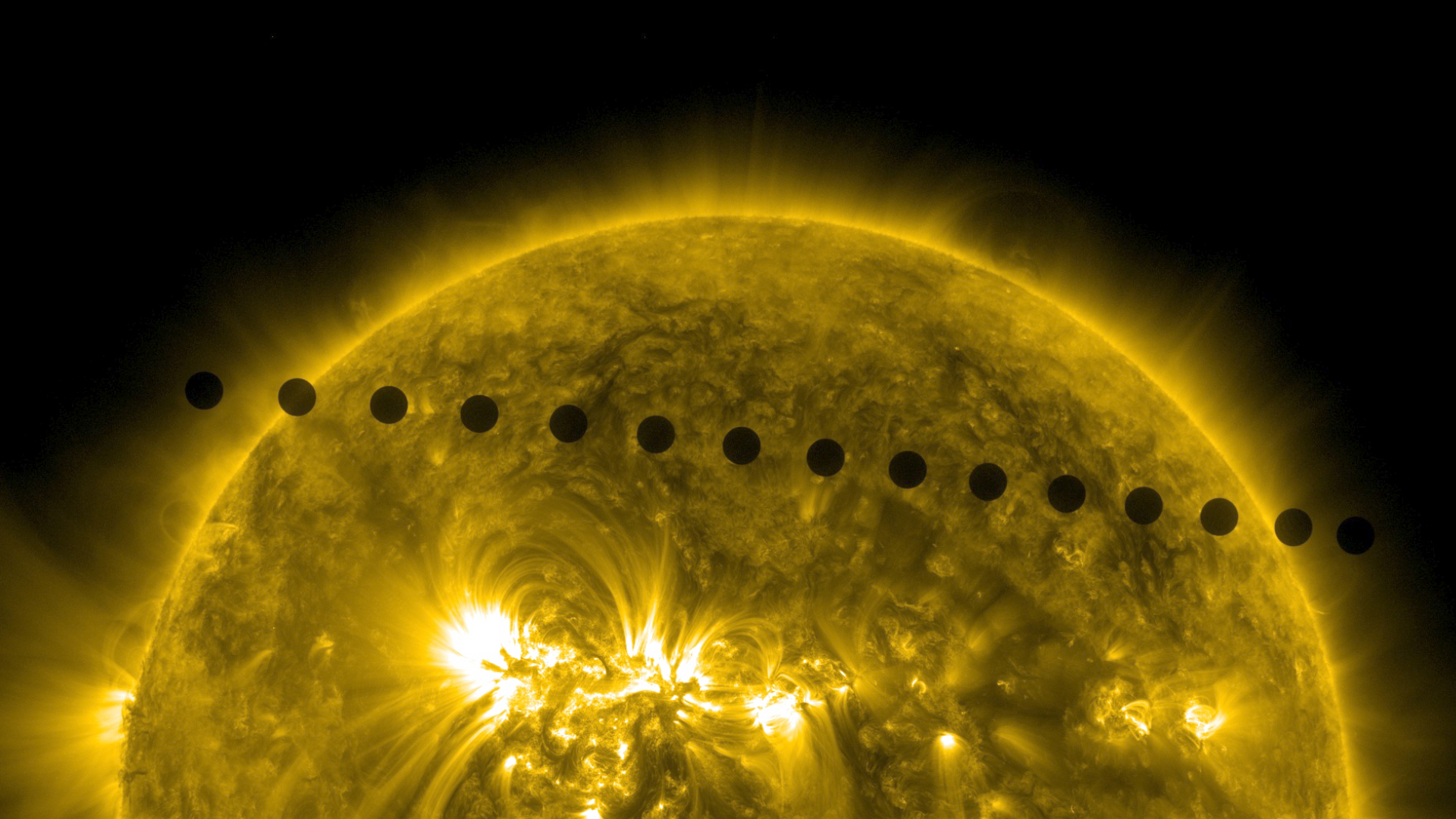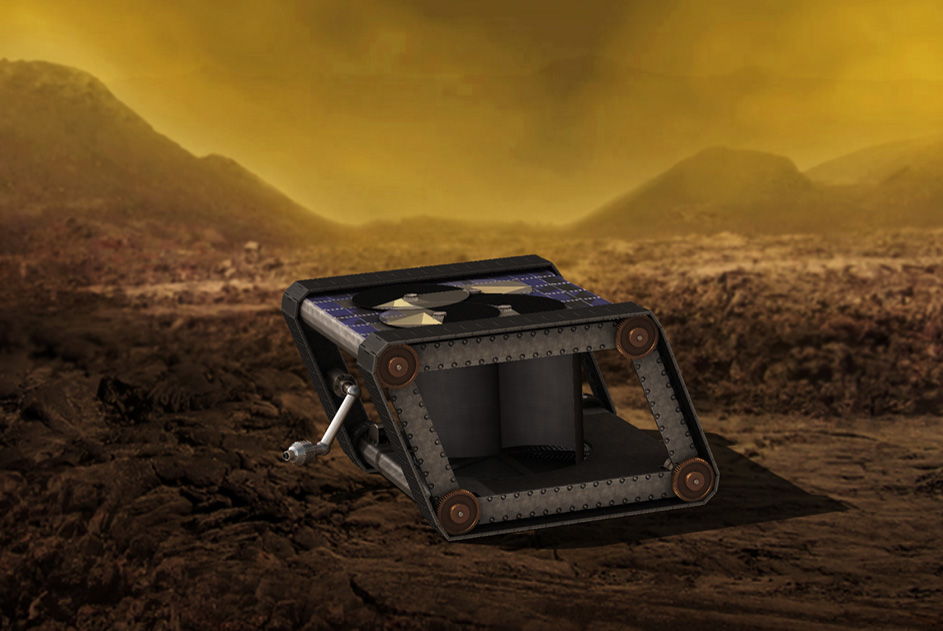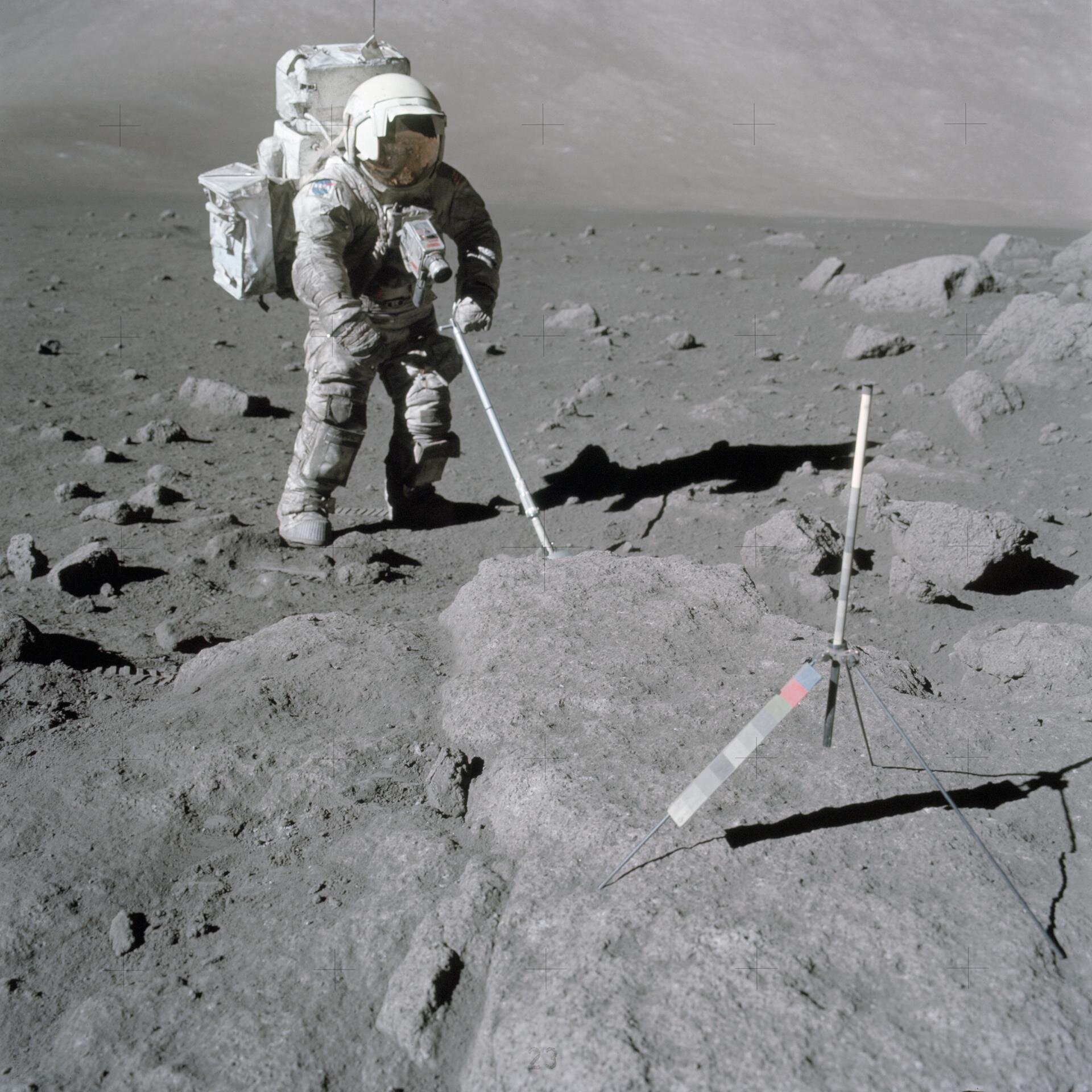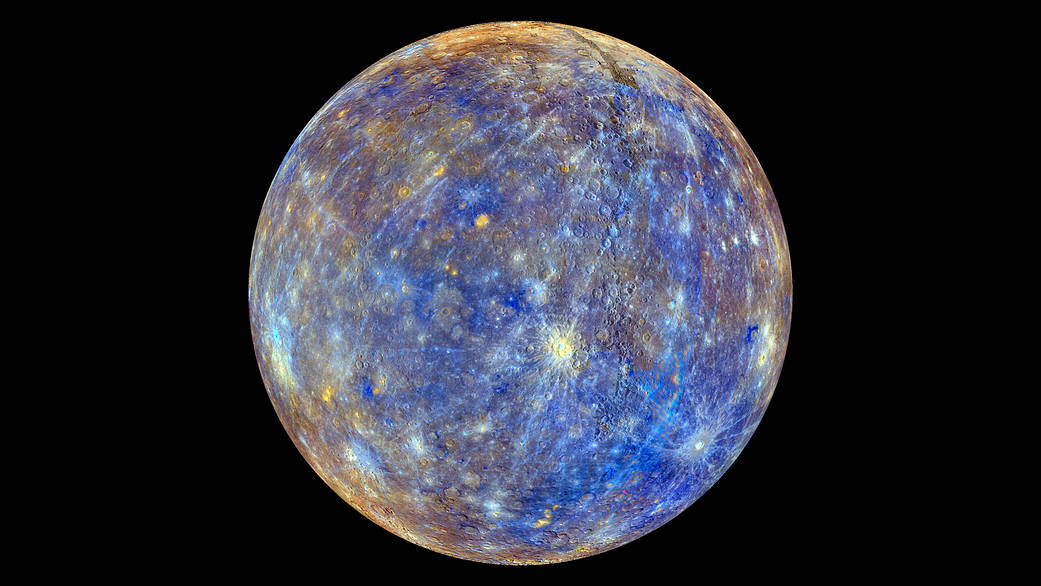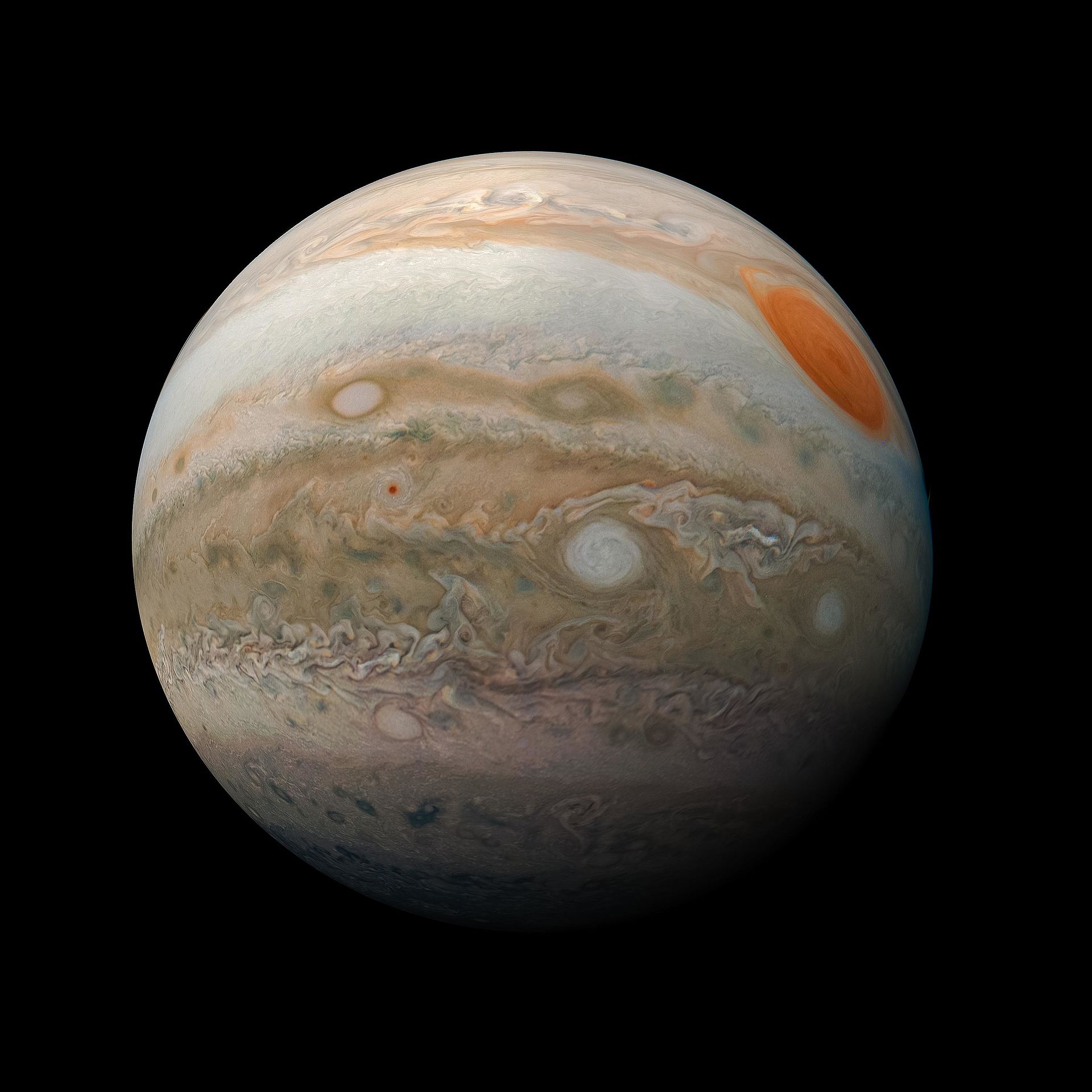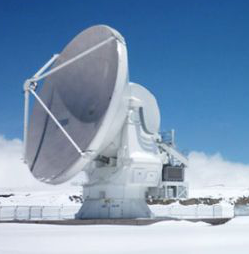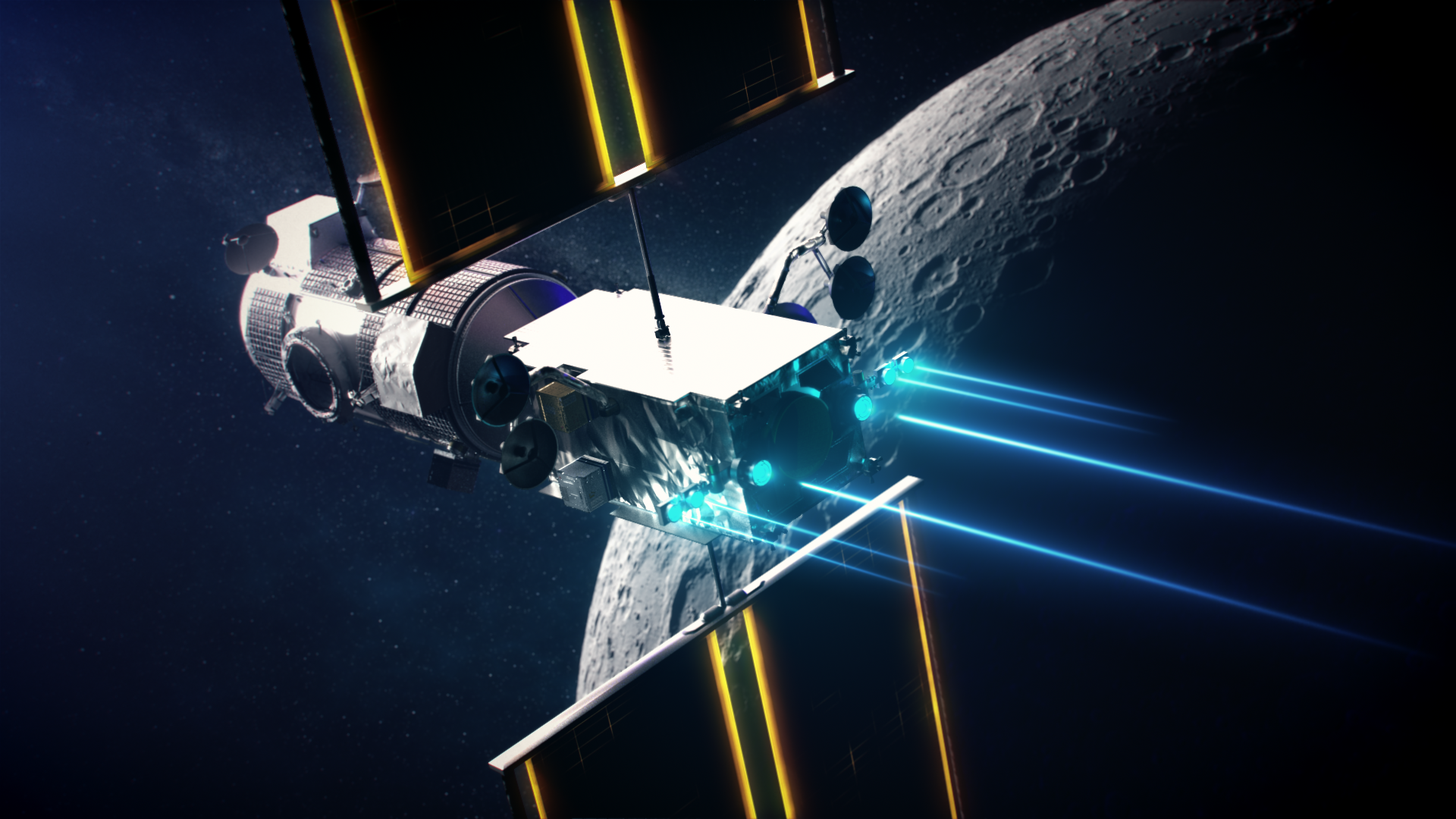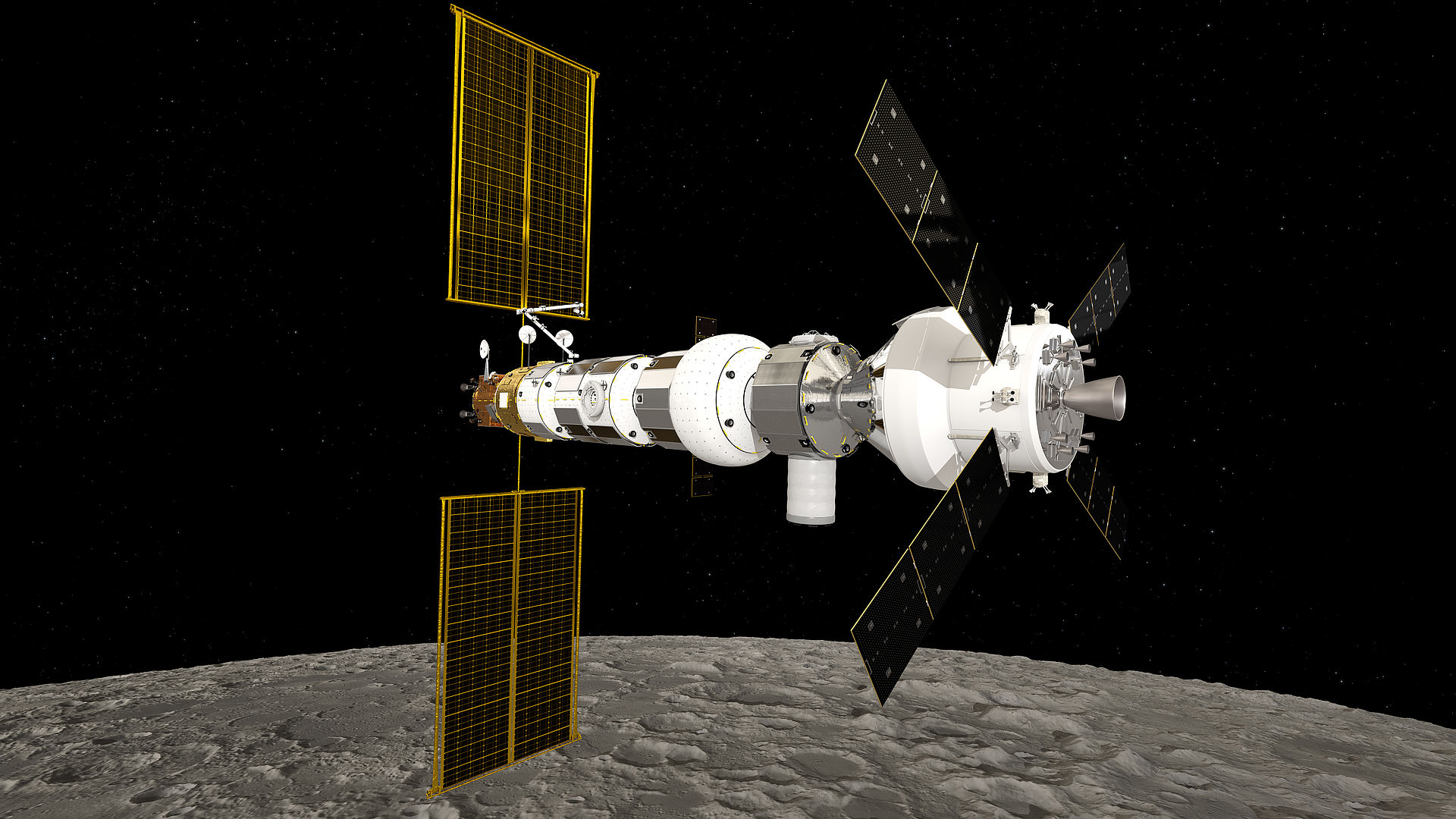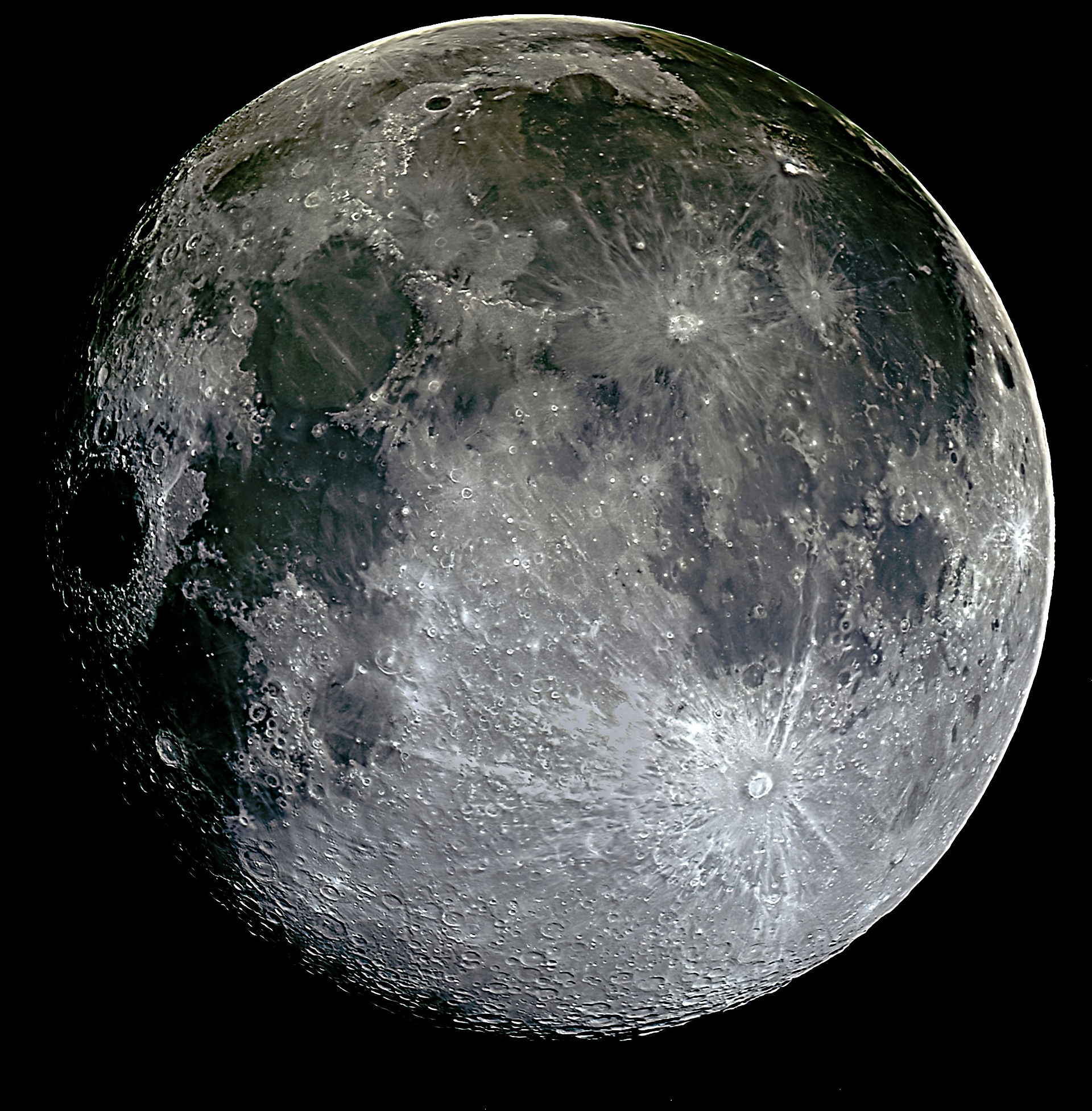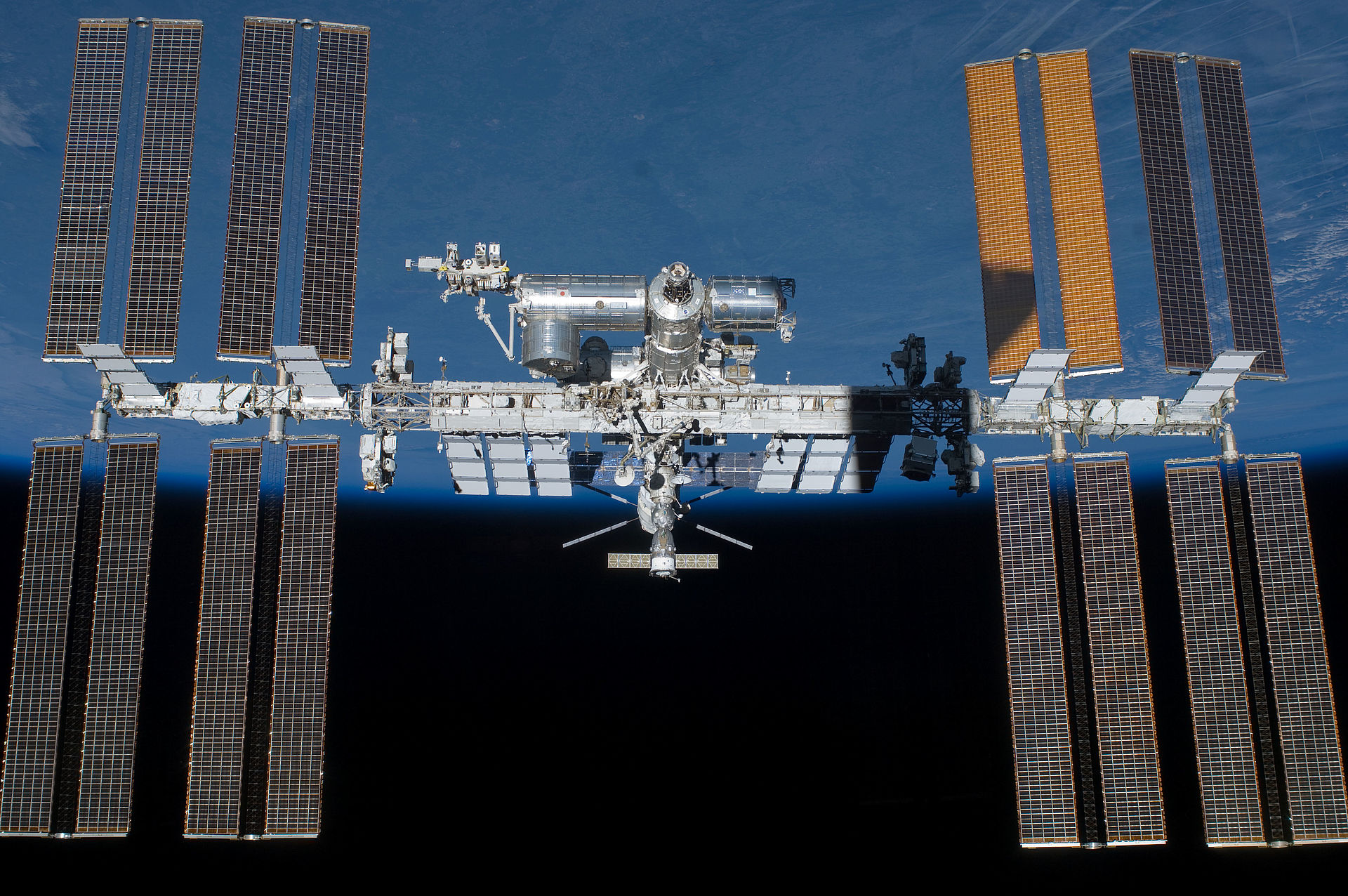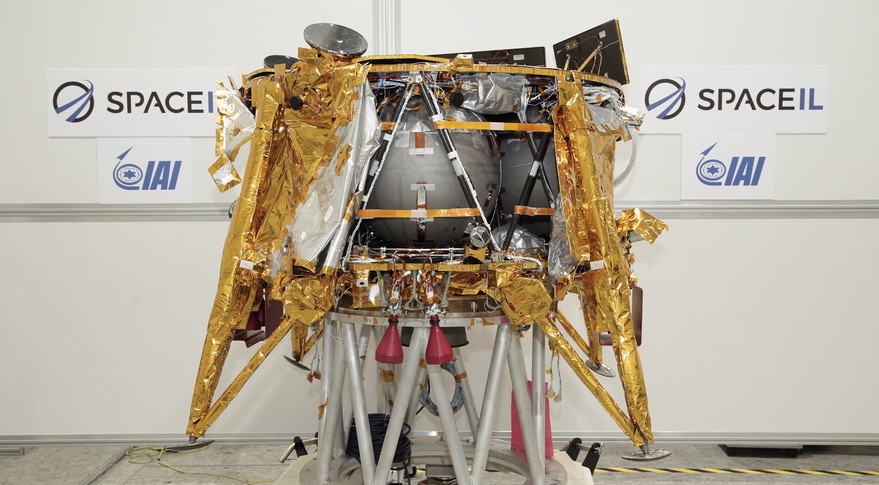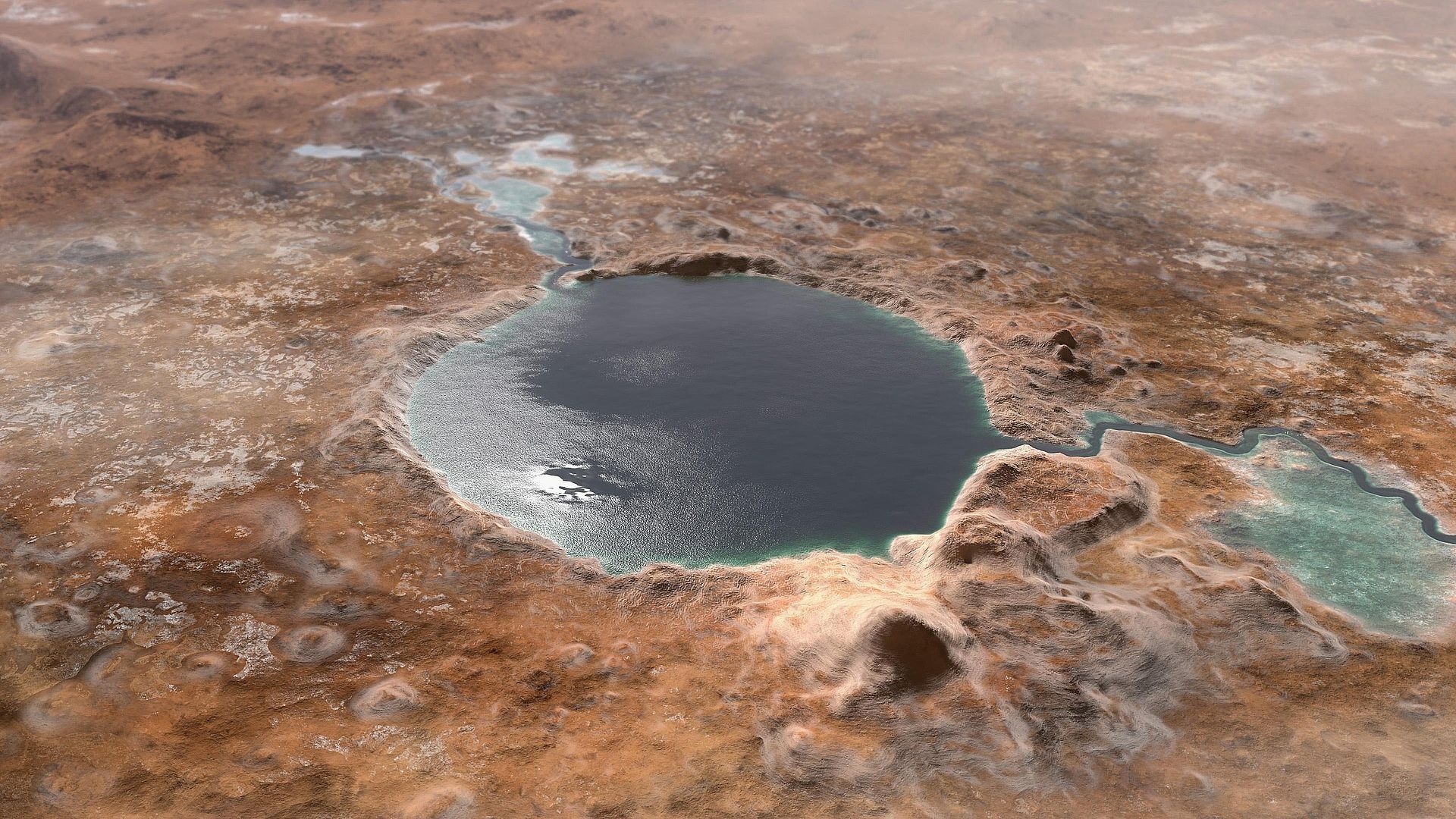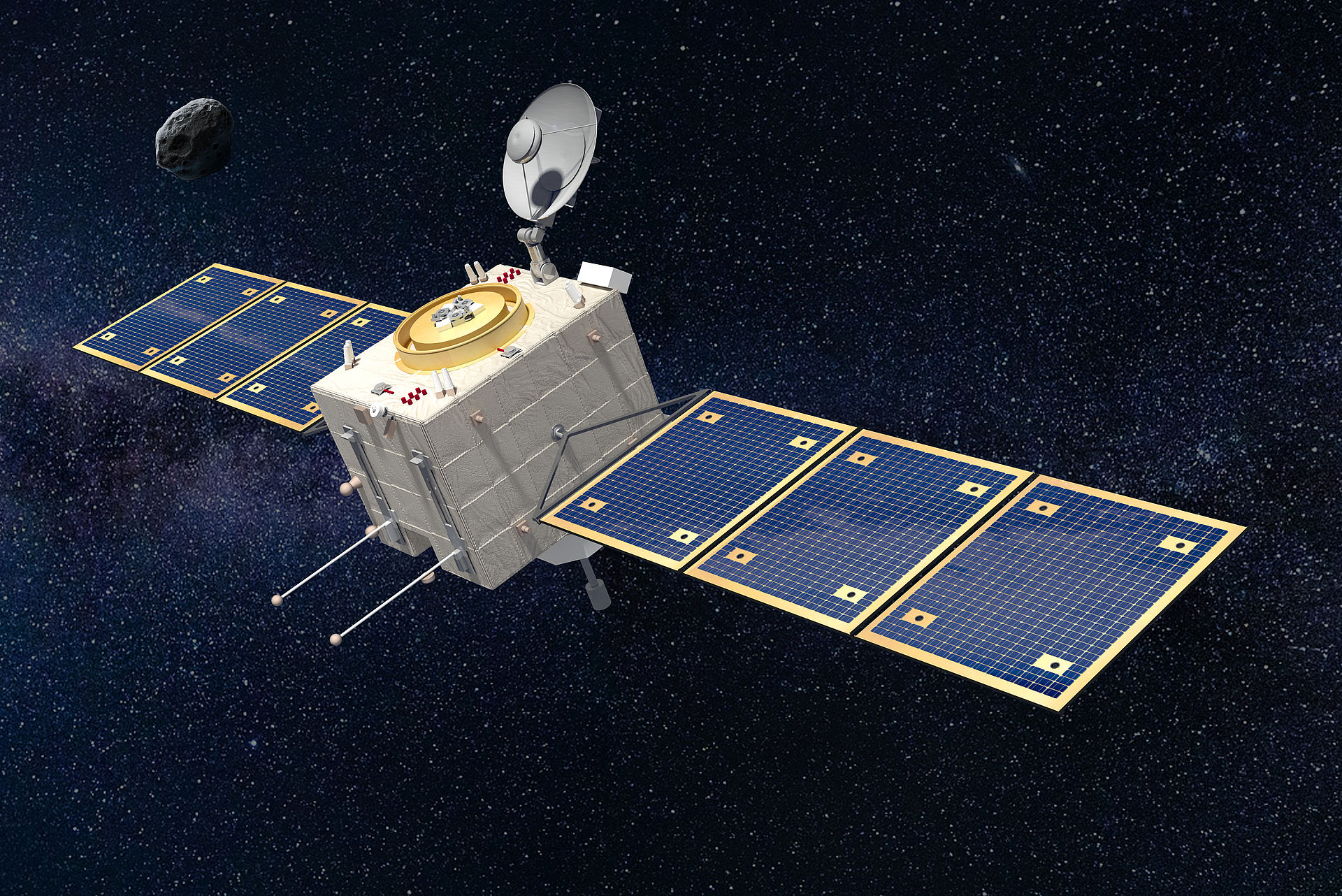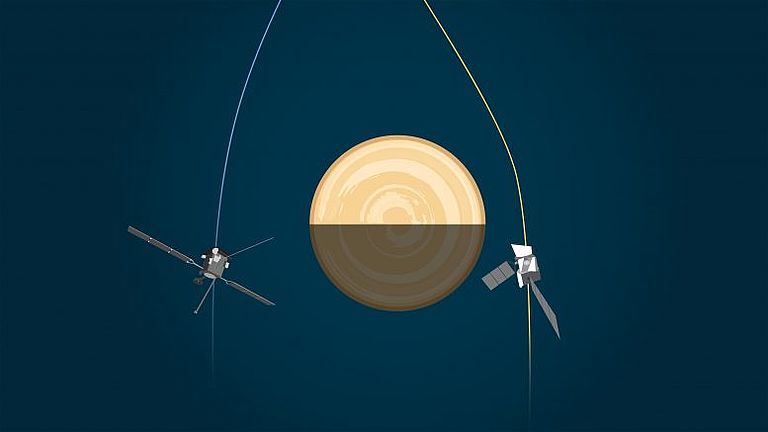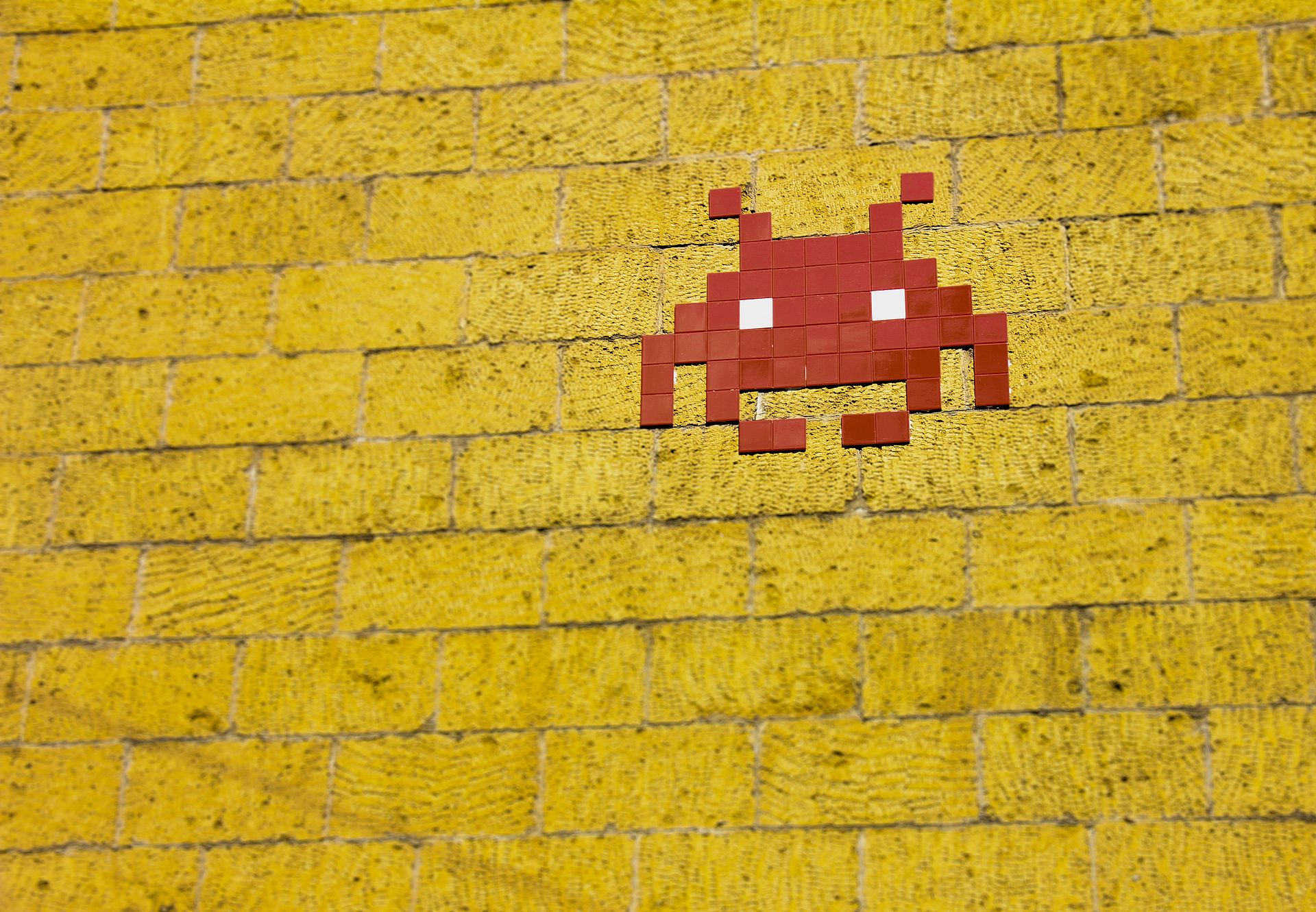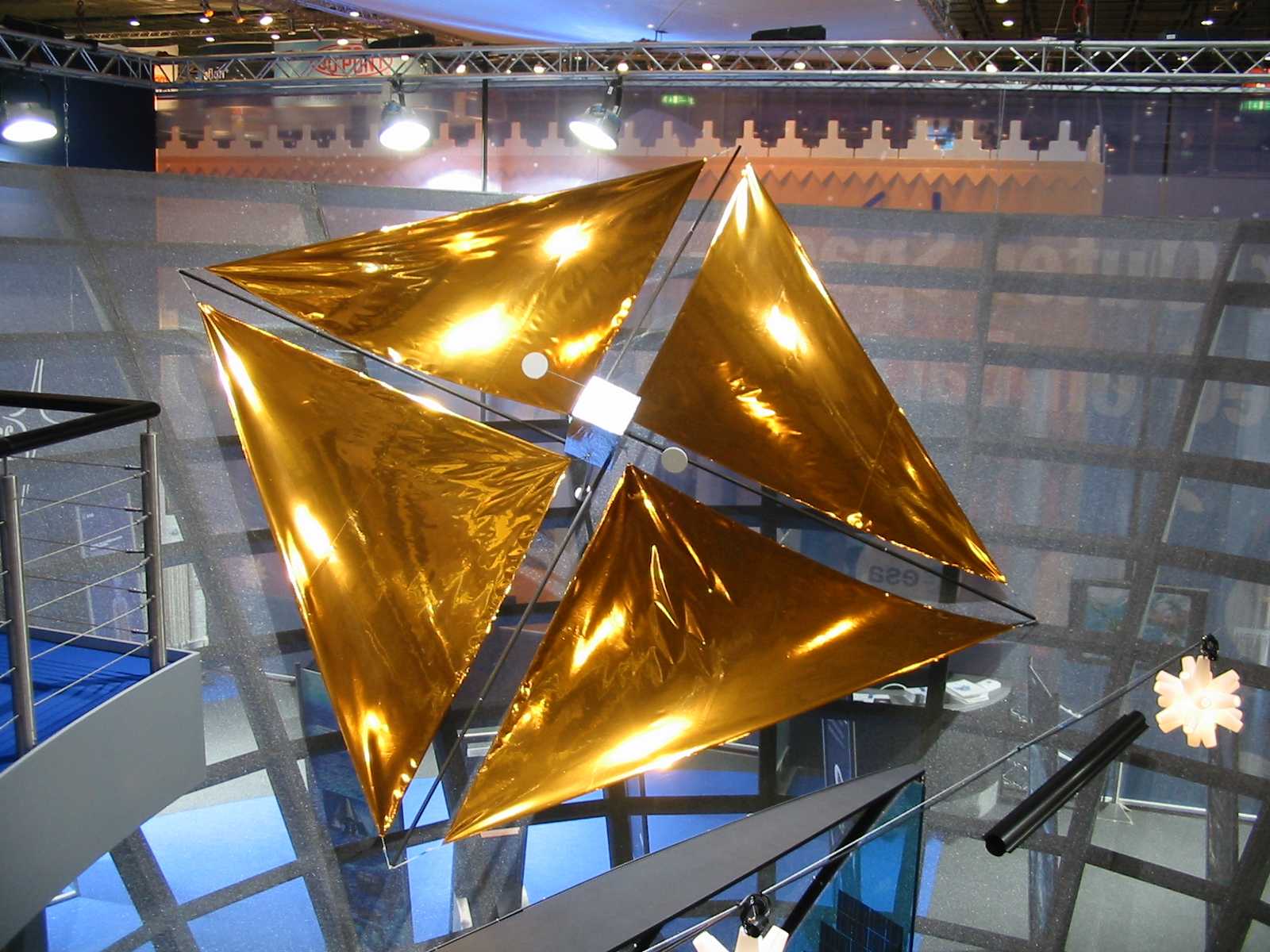Mars has been capturing people’s imaginations for centuries. Alongside all the myths, we now hold scientific knowledge about the Red Planet. Dr. Andreas Winkler, Head of Exploration, Science and Human Spaceflight at OHB, describes the questions that the next missions to Mars will be endeavoring to answer.
Dr. Winkler, why is there such interest in Mars when it comes to space research?
Of all the planets of our solar system, Mars resembles the earth the most not least of all because it has a similar orbit. Mars is a little smaller than the earth, has a similar morphology and an atmosphere. At the same time, it is the most accessible planet for us.
Mars has always fascinated humanity. Thanks to the probes that have landed there we already know quite a lot about the Red Planet. And Martian rocks can even be found on the earth: This is because meteorites hit Mars, dislodging rubble that ultimately reached the earth. We know that there was liquid water on Mars and that the planet has many minerals that can also be found on the earth. Scientists assume that there was once an ancient ocean.
Today, Mars looks a little like what we would expect the earth to look like after humans have died out – a completely dry desert planet. However, there are also some differences: for example, Mars doesn’t have a large moon like the earth. As a result, climatic conditions on Mars are substantially less stable than on the earth.
But the evidence of what Mars once might have looked like is not the only explanation for the keen interest in the planet.
There is another reason for our interest: The quest to find out more about our origins as well as the origins in life in general. Does it arise relatively quickly when water and certain chemical substances are present or is the process very complex requiring very many different favorable environmental conditions and long-term stability?
Could life be transported to Mars?
There are various ideas for this such as building greenhouses on Mars. Although Martian soil is not particularly suitable for growing crops, this would not be entirely out of the question as it contains many minerals. There are also utopian ideas such as bioforming, which would involve changing conditions on the planet to replicate what happened on the earth when plants began producing oxygen.
Various research groups are exploring the possibilities of life existing in specific niches on Mars. They replicate Martian dust and observe what happens to it in a simulated Martian atmosphere. Researchers are looking at whether bacteria could also live under such conditions. The results of these experiments have shown that bacteria could indeed survive relatively well in rock spores.
There are also projects for colonizing Mars. Could humans live on Mars?
This would presumably be difficult. The first problem for the human organism is the lack of a magnetic field. As a result, cosmic radiation reaches the planet’s surface unfiltered. The second problem is the very thin atmosphere. Humans could not breathe in it as it does not contain any oxygen. Moreover, they would need special suits to move about on the planet’s surface as the soil differs from that on the earth. As it is made by the wind and not by water, it has very sharp edges. In other words, a normal space suit would be slashed to bits very quickly.
Would Mars be habitable for humans with the right equipment?
It would still be difficult, one of the problems being that people would be lighter than on the earth. Weightlessness poses a real problem for the human body as we are simply not made for such conditions. And that’s still not everything: If humans do indeed ending up inhabiting Mars one day, they will face a whole series of other problems starting with the long journey which currently takes nine months. That fact alone makes things difficult.
So you’re trying to find out even more about Mars. What is the goal of the next Mars mission?
One of the main purposes of the upcoming second ExoMars mission is to find traces of life. To this end, we will be landing a rover, which will be collecting rock samples.
We know that we have to drill at least two meters deep if we are to find any traces of life on Mars.
The surface is permanently bombarded by radioactive and cosmic radiation, while ultraviolet radiation from the sun reaches the surface unfiltered as there is no ozone layer. This means that the surface is effectively completely sterilized. Consequently, the main goal is to drill to depths in which life could have developed over a protracted period of time in order to find traces.
What is the technical basis of the ExoMars mission?
ExoMars is a joint venture with the Russian space agency Roskosmos. A carrier, which we are building here in Bremen, will transport the Russian station with the rover to Mars. Experience suggests that the landing will be highly complex. On the one hand, the landing module requires a heat shield to protect it from the Martian atmosphere plus parachutes for a soft landing. And the speed of descent must be slowed shortly before touchdown.
The rover is located inside the station. After landing on Mars, it will unfold, allowing the rover to roll off, while the station remains at the landing place. It will be carrying Russian and European experiments on board, including ones contributed by our Belgian partner Antwerp Space. The rover will be performing experiments of its own.
Will the Mars rover drive autonomously or is it remote-controlled?
Mars is too far away from the earth for real-time remote control. It takes at least nine minutes for a signal to reach the planet, with the response requiring the same amount of time again depending on the satellite’s distance from the earth. Accordingly, the rover’s activities must be programmed in advance on the earth and the corresponding sequences of commands sent to the rover via satellites orbiting Mars. However, the rover will first be photographing its surroundings with its highly precise camera. Scientists on earth will then be able to decide where it is to travel and send the corresponding commands.
Obviously, Mars expeditions have only a limited transport capacity. That’s why the rover does not have the same equipment as that fitted to similar rovers used to roam deep ocean beds for example. Nor can we use the latest technologies with top computing performance as the conditions are simply too inhospitable. At the same time, we must protect the system from radioactive cosmic radiation.
What experiments will the rover be performing?
The rover will be performing biological and mineralogical experiments. For example, it will be drilling and searching for biological material. Close-up views of the surroundings will show us where we can expect to find sediments, where the rover will then drill to a depth of two meters. The samples will be prepared and analyzed entirely on board the rover. The Mars Organic Molecule Analyzer (MOMA) supplied by the Max Planck Institute for Solar System Research, Göttingen, Germany, will also be on board to determine whether there are any organic molecules in the samples, thus providing an indication of life.
However, Mars has always been good for a surprise. So it’s quite possible that we will end up finding something for which there is no explanation at all.
Does this mean that there will be a lot of space debris on Mars in the future?
This aspect is not as acute as it is on the earth. This has become a real problem in orbits around the earth. Space debris is a problem and the International Space Station ISS, for example, frequently has to change course to avoid being hit. In the case of Mars, however, these risks are relatively small.

